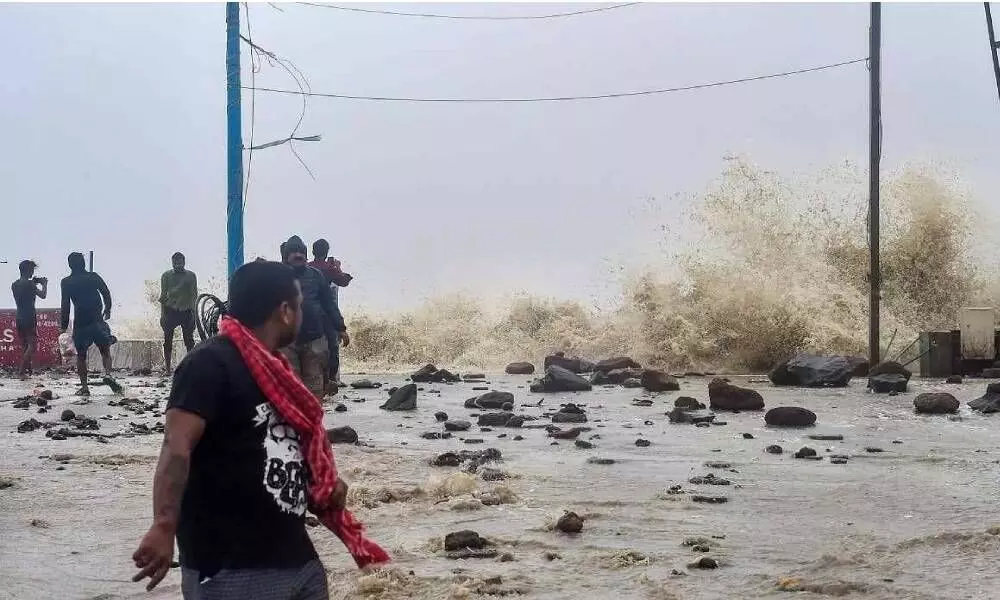Returning to normalcy after natural calamities remains a challenge
image for illustrative purpose

Psunami, Fani, Gaja and Hudhud, Amphan, Yass…….periodic devastations of the nature continues. In recent years, India's coastal regions have become more vulnerable to multiple risks related to climate change. Intense and more frequent cyclones such as the ones mentioned, as well as severe floods have caused massive devastation to the country's coastal states. Not just coastal areas (although they are mostly the worst hit), climate changes like these affect all types of infrastructure, including energy, transport and water. Rising temperatures, increased flood risk and other potential hazards threaten the reliable and efficient operation of these networks, with potentially large economic and social impacts. True, efficient disaster preparedness in these devastation-prone areas help save many lives, but there remain significant challenges in rebuilding damaged infrastructure and returning to normalcy after the disruptions.
Climate resilience, therefore, is of utmost importance. Climate resilience is the ability to anticipate, prepare for, and respond to hazardous events, trends, or disturbances related to climate. Improving climate resilience involves assessing how climate change will create new, or alter current, climate-related risks, and taking steps to better cope with these risks. Designing, location and operation of infrastructure determine how resilient they would be to a changing climate. Mind you that climate change effects like temperature rise and increased frequency of extreme climatic events result in significant economic losses and add pressure beyond the infrastructure designed thresholds, which can risk collapse as well.
The Centre has lined up plans to roll out 7,400 national infrastructure projects, the Atal Mission for Rejuvenation and Urban Transformation (AMRUT), and Smart Cities Mission, offering opportunities to mainstream climate risks and nature-based solutions (NbS) into its infrastructure.
The expensive fall-outs of climate change must prompt actions from both public and private sectors to climate-proof or build resilience in infrastructure and ensure that climate change policy and risks are integrated into future infrastructure decisions.
What India requires at this stage is a framework that influences and incentivizes climate actions and better data mobilisation regarding climate change risks, costs, and infrastructure performance. When it comes to policy framework to build climate resilient infrastructure, there can be nature-based solutions and hybrid infrastructure, which combines the green and grey infrastructure. India can adopt them in its infrastructure development plans.
Policy makers will have to keep in their minds that climate change disruptions are often transmitted to the real economy: farms, transportation of goods, built infrastructure, availability of drinking water and fatally hot summer temperatures. These are all real challenges for India.
It is of utmost importance that the power that be realises that dealing with climate shocks is not merely adapting to a set of changes that can be anticipated but also being resilient to climate variability and uncertainty. Mind you that it is critical to Indian agricultural systems as well. Half of the India's population, which also comprises the most poor and vulnerable, is dependent on agriculture and will face a disproportionate impact from climate change. The sooner the realisation comes, the better.

